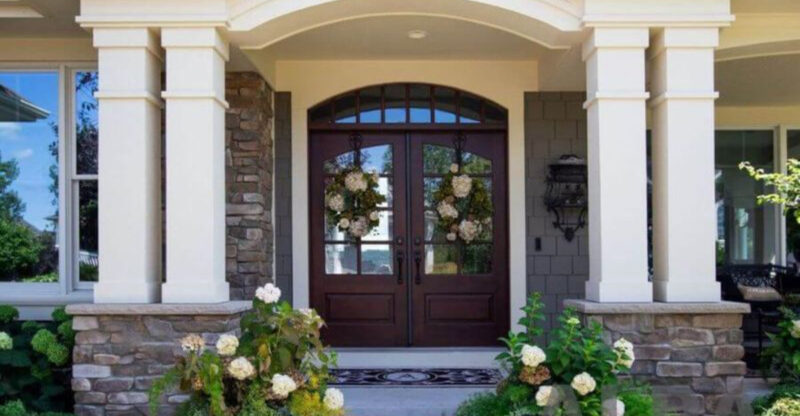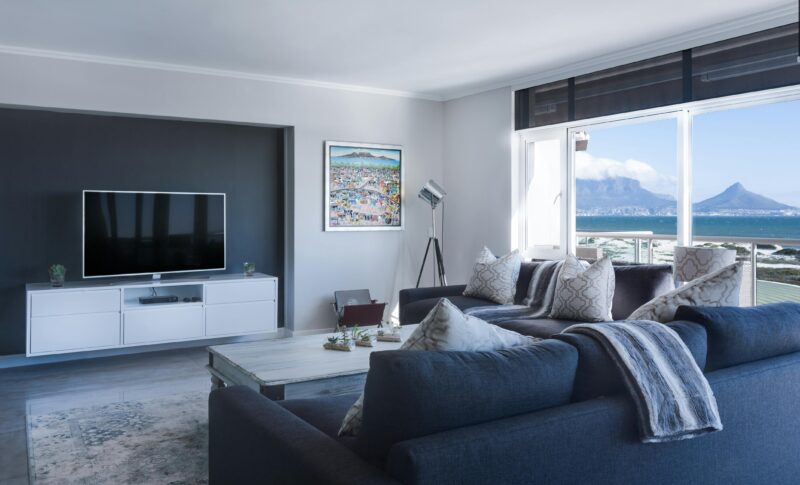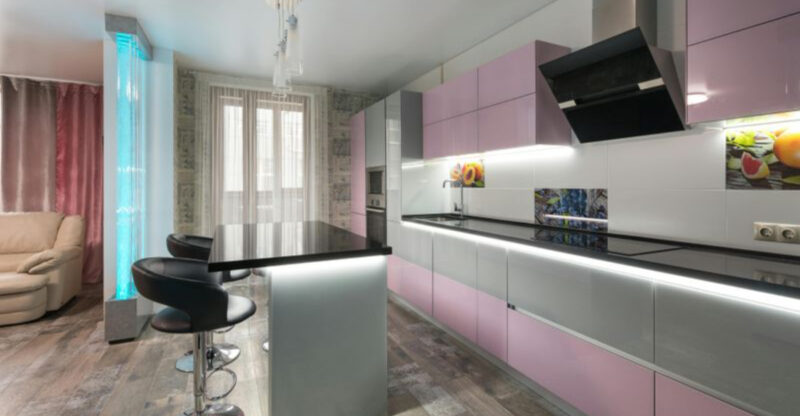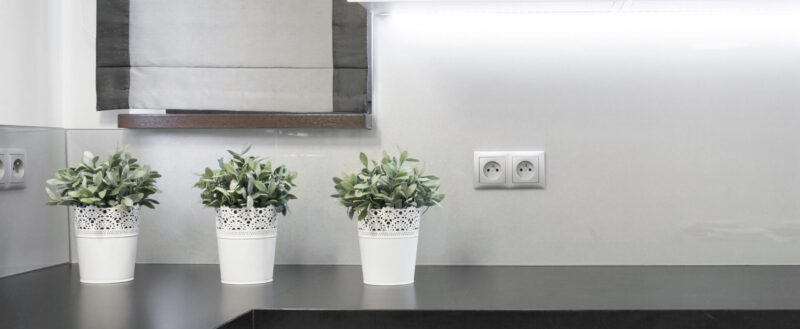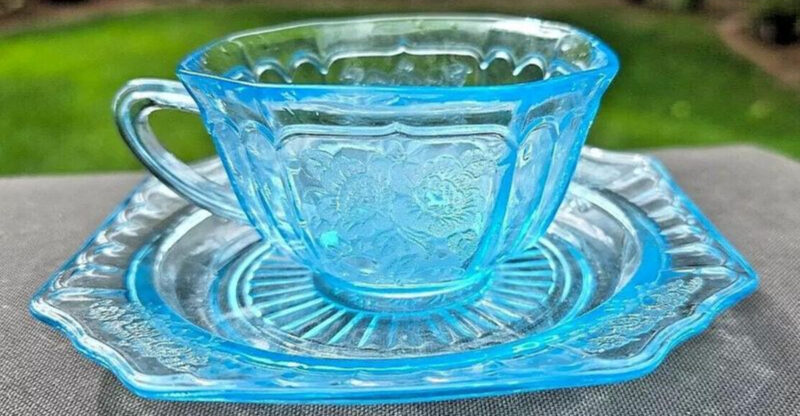10 Bad Design Trends from 60 Years Ago We Pretend Never Happened + 7 We Hope Come Back
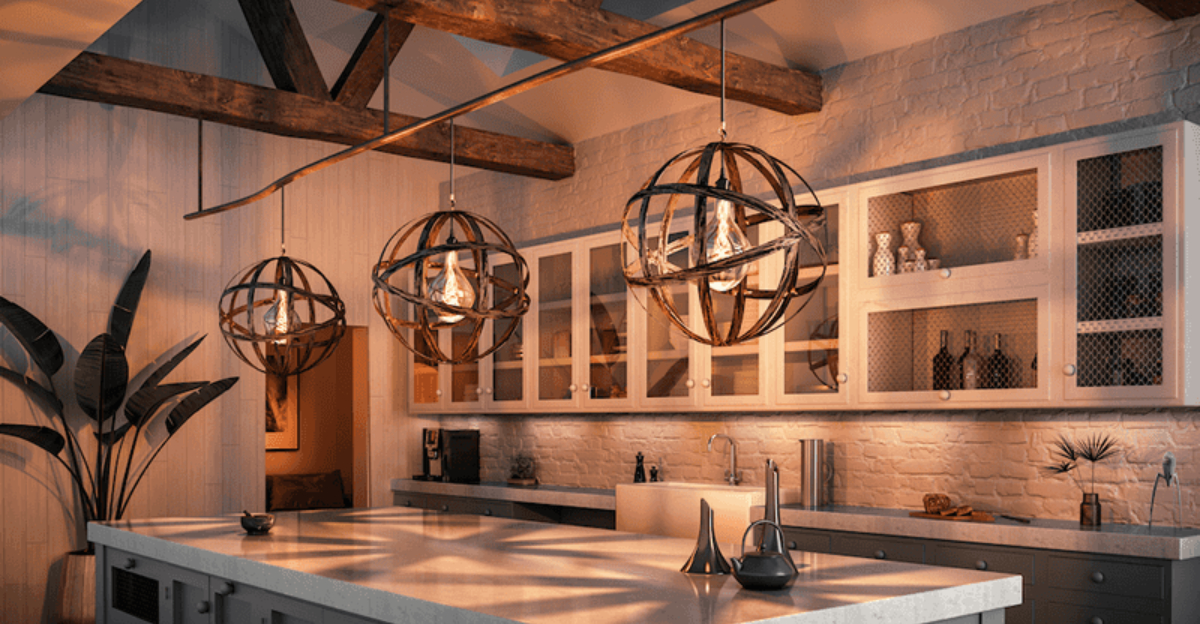
The wild design choices of the sixties and seventies left a lasting imprint on home decor, delivering trends both dazzling and dreadful. Some styles from those decades still spark admiration for their creativity and charm, while others linger in memory for all the wrong reasons.
Revisiting this colorful era reveals design missteps best forgotten and stylish elements worth bringing back into modern homes.
1. Avocado Green Appliances
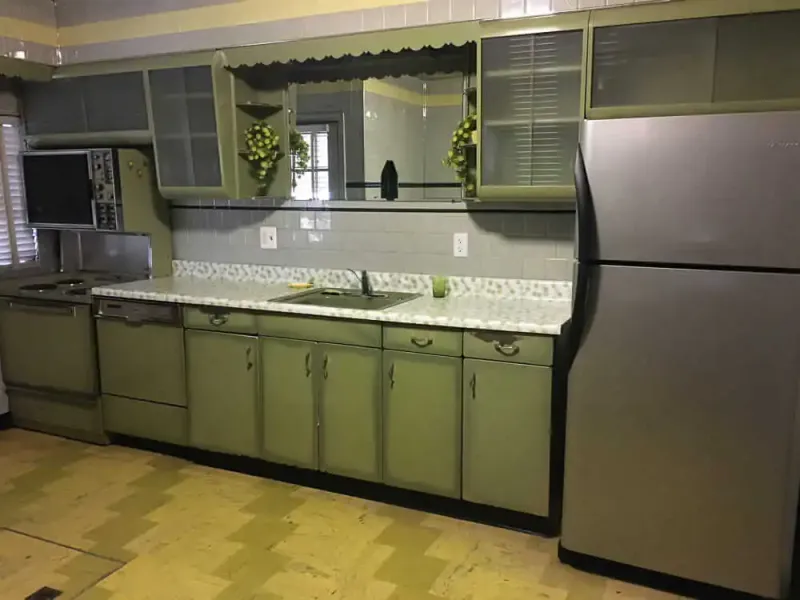
Once upon a time, kitchens across America were dominated by an unmistakable hue. These green monstrosities transformed cooking spaces into something resembling a swamp scene.
Avocado appliances paired with brown countertops created a combination that’s best left in family photo albums. Manufacturers actually thought this color would stand the test of time!
2. Shag Carpeting Everywhere
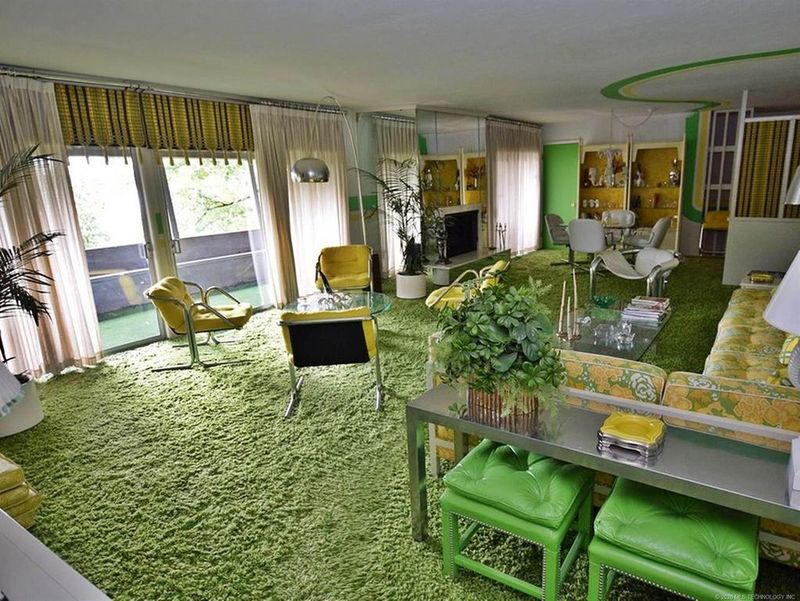
Walking barefoot through a living room meant navigating a forest of fabric fibers that trapped everything from dust to dropped food. Those impossibly thick carpets weren’t just on floors – ambitious decorators installed them on walls too!
Shag carpeting required special rakes for cleaning and came in psychedelic colors that could induce headaches. Vacuuming became a workout routine.
3. Wood Paneling Overload
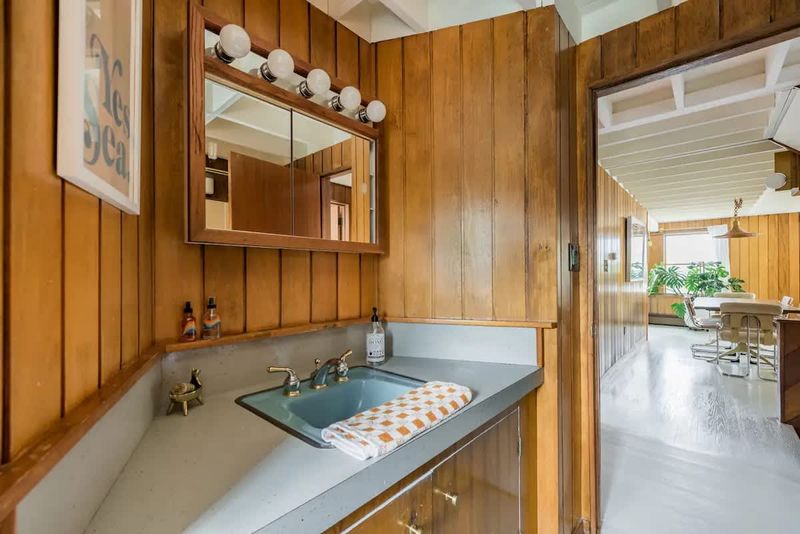
Imagine every vertical surface in your home covered with dark faux wood. Entire basements transformed into wooden caves where light went to die. The fake grain patterns repeated so often you could memorize them!
Wood paneling created spaces that felt perpetually stuck in twilight. This trend dominated dens and family rooms, making them feel smaller and more claustrophobic with each sheet installed.
4. Popcorn Ceilings
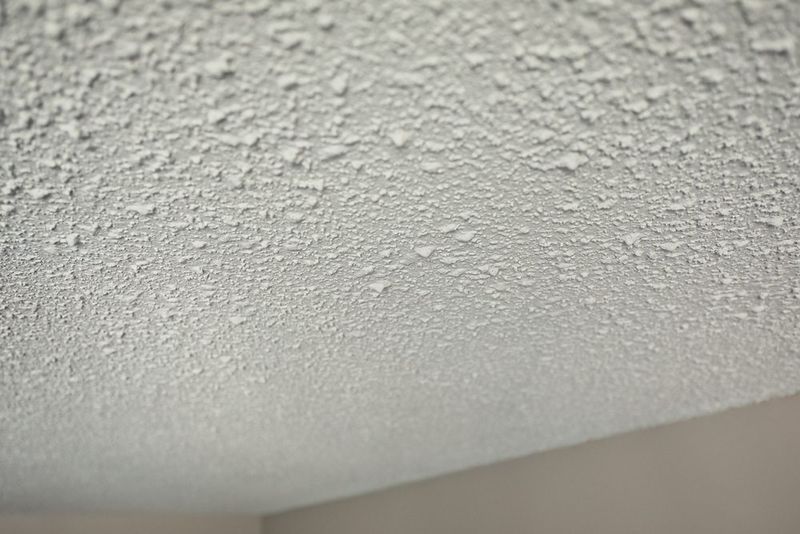
Staring upward became an exercise in counting bumps and shadows. The spray-on texture that builders once considered an innovative solution for hiding imperfections became the bane of homeowners everywhere.
Popcorn ceilings collected dust, were impossible to clean, and often contained asbestos. Removing this textured nightmare requires specialized equipment and endless patience. Yet for decades, it was considered sophisticated!
5. Plastic Furniture That Yellowed
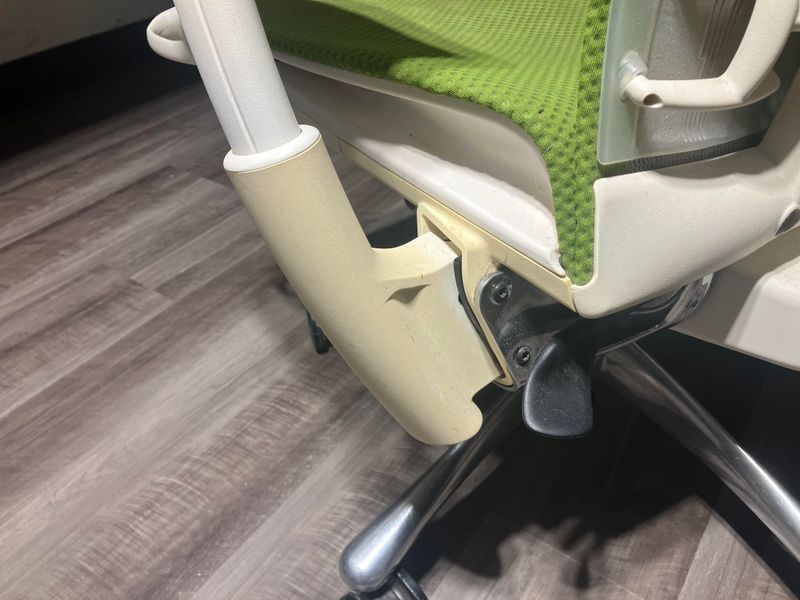
Revolutionary at its introduction, this space-age furniture promised durability and easy cleaning. Unfortunately, nobody mentioned how the crisp white plastic would transform into a sickly yellow within months.
These molded chairs and tables couldn’t withstand cigarette smoke or sunlight. The futuristic appeal quickly faded as the material deteriorated, cracked, and developed that unmistakable vintage plastic smell.
6. Carpeted Bathrooms
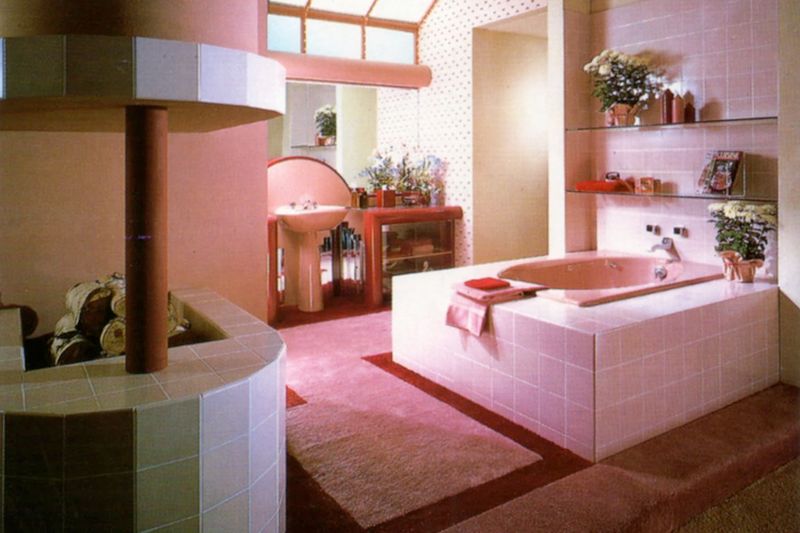
Someone decided that cold feet in the morning justified creating perfect breeding grounds for mildew. Plush fibers surrounding toilets and tubs absorbed every splash and spill in the most high-moisture room of the house.
Carpeted bathrooms featured special cutouts around fixtures. This questionable trend often coordinated with matching toilet seat covers and tank wraps. Hygiene experts still shudder when reminiscing about this particular decorating choice.
7. Overly Patterned Wallpaper
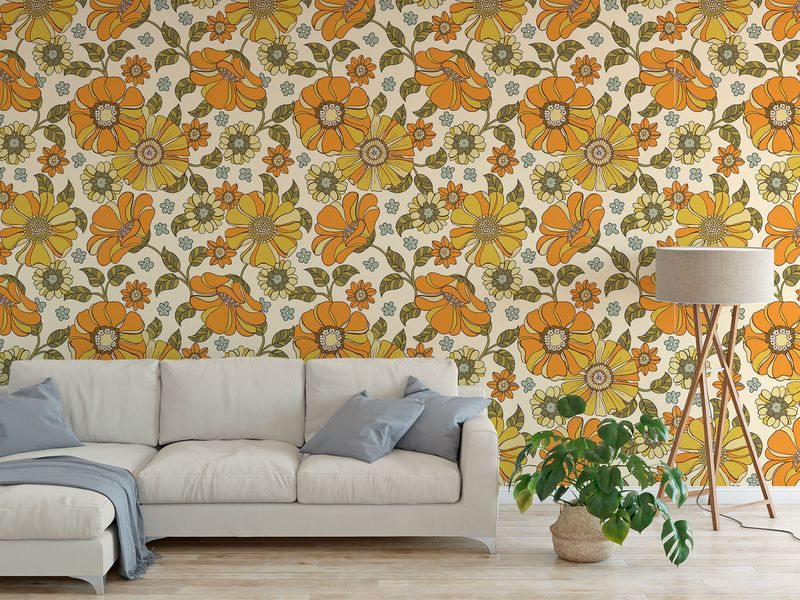
Entering certain homes meant being assaulted by competing floral explosions that could trigger migraines. Walls, ceilings, and sometimes even doors disappeared beneath aggressive patterns featuring enormous flowers, geometric shapes, or abstract swirls.
This wallpaper often came paired with matching fabrics for curtains and furniture. Some patterns were so busy they could hide a multitude of wall imperfections – along with light switches, doorways, and your sense of equilibrium.
8. Mirrored Walls In Living Rooms
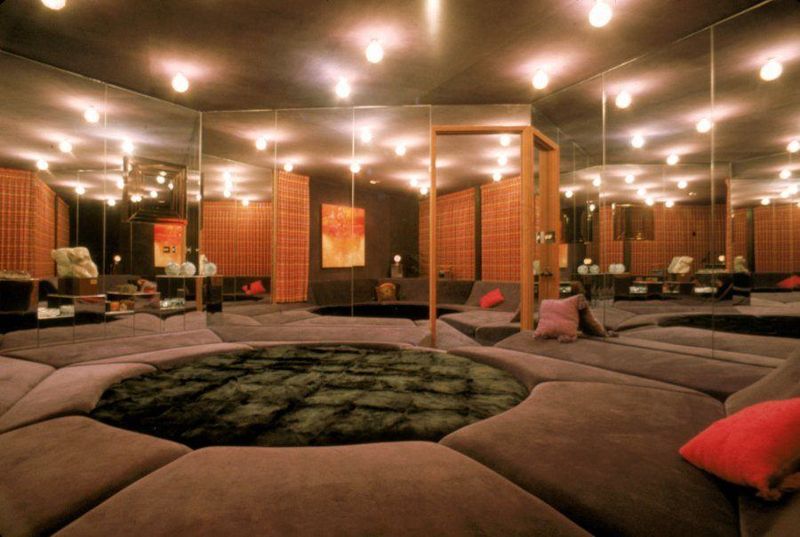
Homeowners believed they could double their space visually by installing floor-to-ceiling reflective surfaces. The result? Disorienting rooms where guests couldn’t tell where the actual space ended and the reflection began.
Mirrored walls created maintenance nightmares as every fingerprint showed. The effect made modest living rooms feel like discount disco halls. Dancing was optional, but constant awareness of your own reflection was mandatory.
9. Ruffled Window Treatments
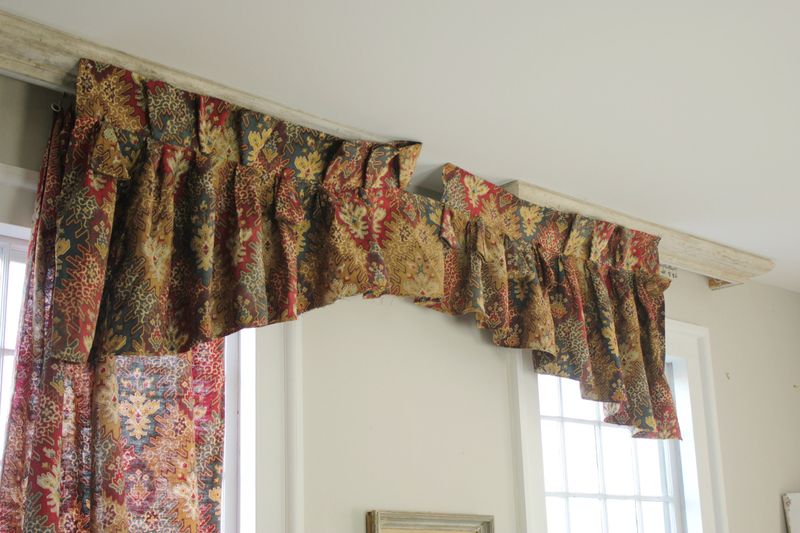
Windows disappeared beneath layers of fabric that gathered more dust than compliments. These elaborate treatments featured valances, swags, jabots, and enough material to outfit a small theater production.
Ruffled curtains often coordinated with equally fussy bedspreads. The yards of fabric required regular dry cleaning and professional installation. Windows lost their primary function of providing light as these textile monuments to excess dominated entire walls.
10. Harvest Gold Color Schemes

Somewhere between mustard and sadness lay this ubiquitous color that dominated American homes. Paired with avocado green and burnt orange, this trio created the holy trinity of questionable color choices.
Harvest gold appeared on everything from refrigerators to fondue pots. The yellowish-brown hue somehow managed to make food look less appetizing. Despite this, manufacturers produced entire kitchen suites in this distinctive shade for nearly two decades.
11. Midcentury Modern Furniture
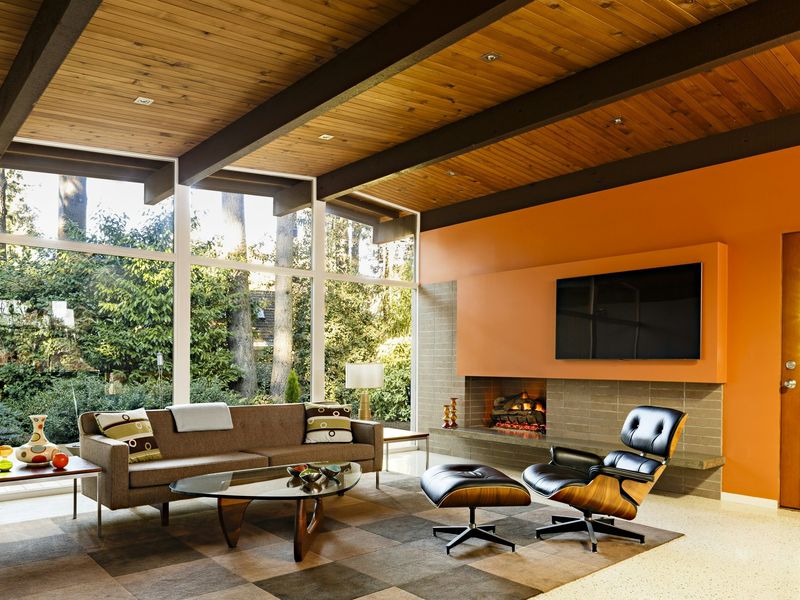
Clean lines and organic curves defined an era of furniture that valued function alongside form. Unlike many trends of the period, these pieces have stood the test of time for good reason.
Midcentury designs by Eames, Saarinen, and Noguchi balance minimalism with comfort. The simple elegance works in contemporary spaces without looking dated. Original pieces now command astronomical prices at auction, proving some design choices from the era were truly timeless.
12. Bold Geometric Prints
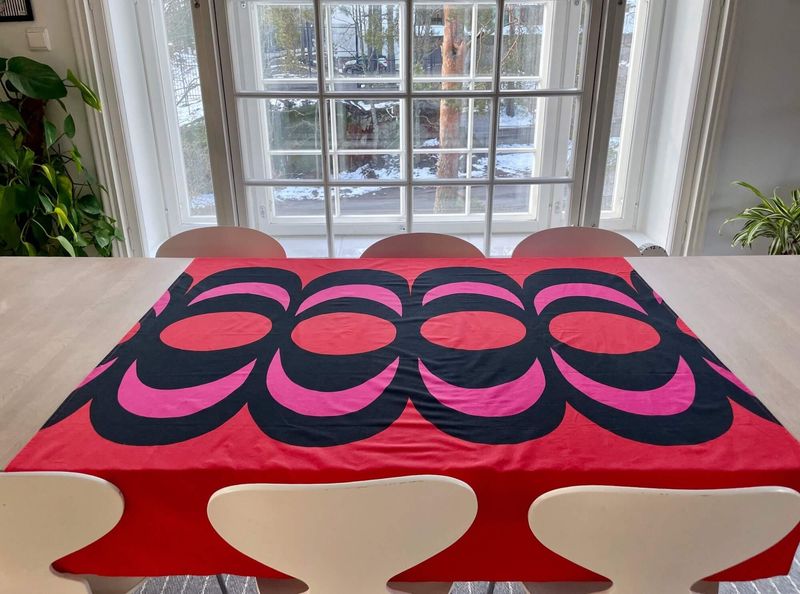
Daring shapes and contrasting colors created visual energy that’s sorely missing from today’s beige-obsessed interiors. These dynamic patterns brought personality to spaces through textiles, art, and wall coverings.
Geometric prints from designers like Marimekko still feel fresh decades later. When used as statement pieces rather than covering every surface, these bold designs add character without overwhelming. Their graphic quality bridges retro charm with contemporary appeal.
13. Sunken Living Rooms

Stepping down into a conversation pit created an instant sense of intimacy and architectural interest. These recessed seating areas defined spaces without walls in open floor plans.
Sunken living rooms encouraged face-to-face interaction before smartphones demanded our attention. The built-in seating wrapped around central focal points like fireplaces. This clever design solution created natural gathering spaces while adding unexpected dimension to ordinary rectangular rooms.
14. Statement Light Fixtures
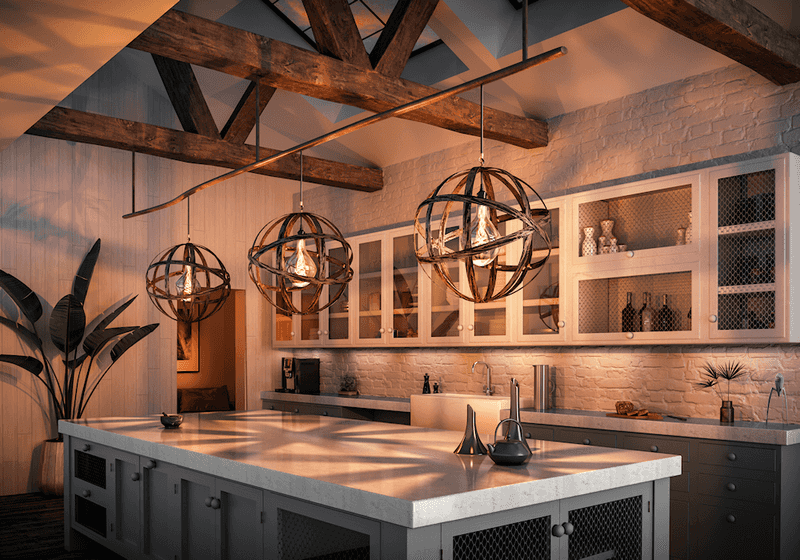
Illumination doubled as sculpture with dramatic pendants and chandeliers that commanded attention. Unlike today’s recessed lighting that hides in ceilings, these fixtures proudly announced their presence.
Statement lighting from designers like Poulsen and Noguchi transformed ordinary rooms into showcases. The sculptural forms looked beautiful even when switched off. Current lighting trends could learn from this era’s understanding that functional objects deserve to be visually interesting too.
15. Terrazzo Flooring
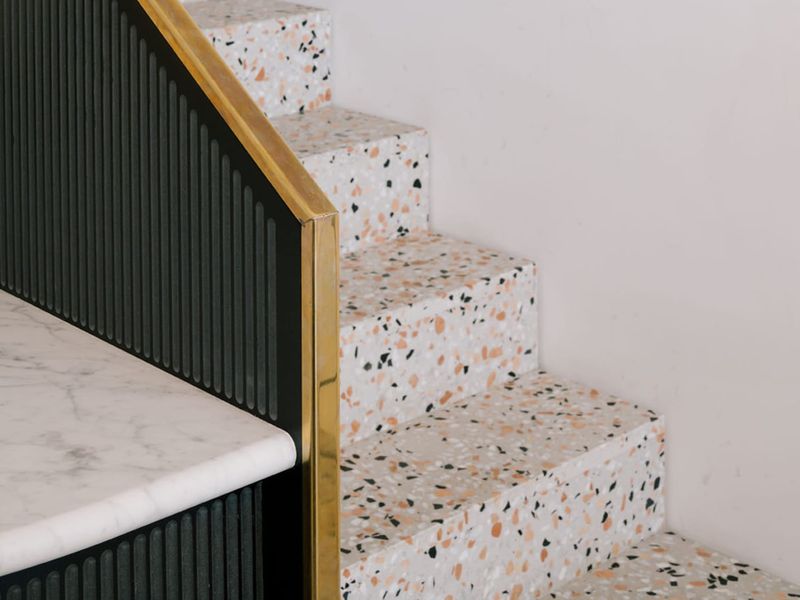
Chips of marble, quartz, and glass embedded in polished concrete created floors that could withstand decades of foot traffic. This Italian-inspired surface brought artistic flair to utilitarian spaces.
Terrazzo’s speckled appearance hid dirt while providing visual interest. Originally found in public buildings, this durable material deserves its current revival in homes. Modern versions offer customizable colors that complement contemporary interiors while honoring the material’s rich history.
16. Retro Tile Patterns In Bathrooms
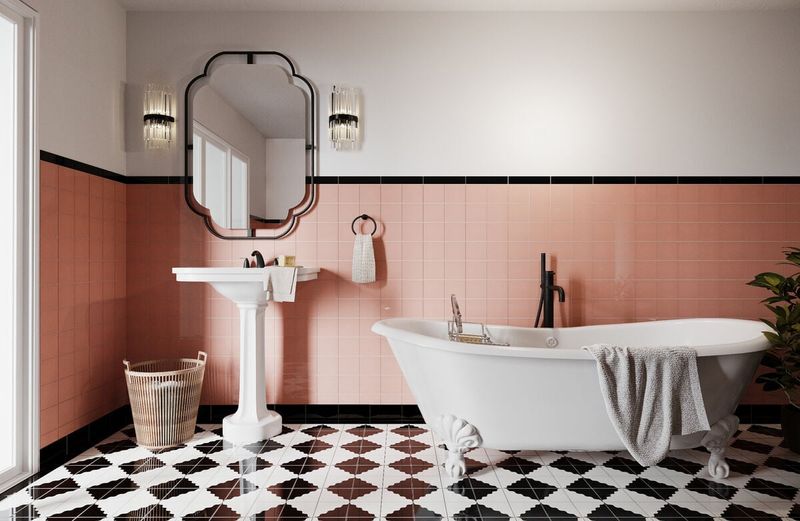
Bathrooms from the mid-century featured playful geometric arrangements that transformed basic ceramic tiles into works of art. Pink, blue, and green tiles created cheerful spaces with personality.
Hexagons, penny rounds, and subway tiles arranged in creative patterns made everyday routines more enjoyable. Unlike today’s quickly-dated trends, these classic installations maintained their appeal for decades. Their craftsmanship and thoughtful design principles make them worth revisiting.
17. Sleek Low-Profile Sofas
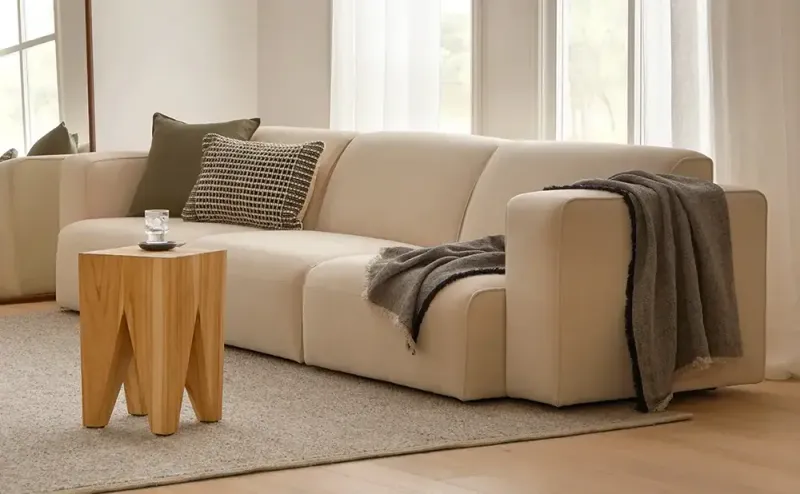
Furniture that hovered just above the floor created visual lightness that today’s overstuffed sectionals completely lack. These streamlined seating options prioritized good posture over slouching.
Low-profile sofas with their slender arms and tapered legs opened up living spaces. The elegant proportions complemented other furniture without dominating rooms. Their structured forms encouraged proper sitting rather than napping, reflecting an era when living rooms were for conversation.

